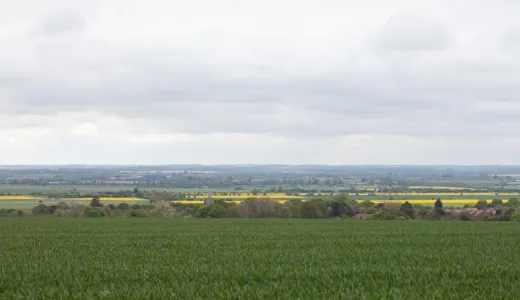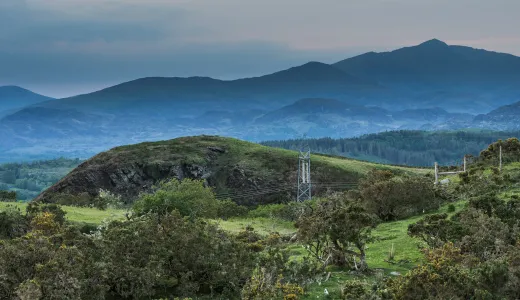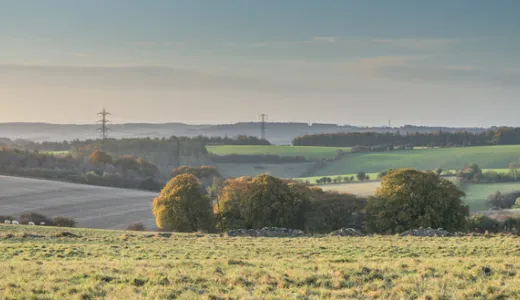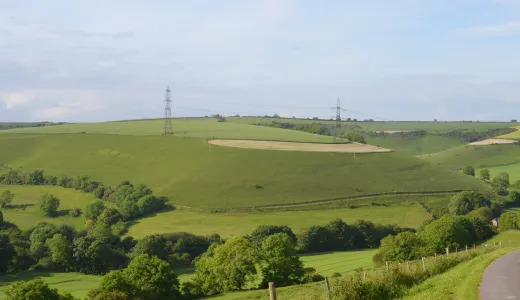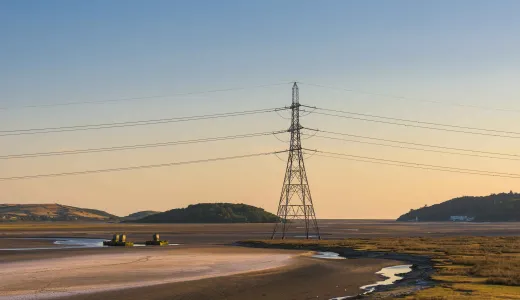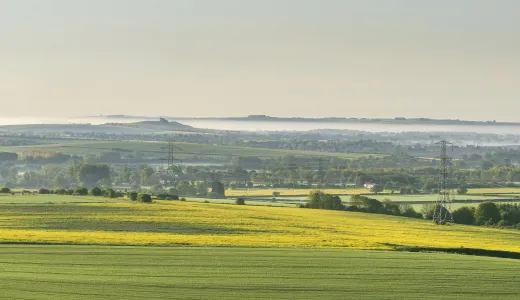The Visual Impact Provision project
The project is making use of a £465m provision by Ofgem to carry out work that reduced the impact of existing transmission lines in English and Welsh National Landscapes (formerly AONBs) and National Parks.
At National Grid we are passionate about playing our part in conserving and enhancing the natural beauty, wildlife and cultural heritage of the landscape.
The most important task for us is to use this provision to achieve the maximum enhancement to our nation’s precious landscapes while avoiding unacceptable environmental impacts.
To ensure that we get this right and maximise the potential of the Visual Impact Provision project, National Grid is working closely and collaboratively with stakeholders.
Get in touch
FREEPOST VISUAL IMPACT PROVISION
Tel: 0330 134 0051
Email: [email protected]
Our main VIP projects
We have assessed 571km of our electricity transmission line in AONBs and National Parks to identify which sections have the highest visual impact on their surroundings.
Using input from technical experts, local stakeholders and communities, the Stakeholder Advisory Group recommended priority schemes where replacing the overhead line with an underground connection could have a transformative effect on the landscape.
Visual Impact Provision documents
- Options studies (3)
- Project documents (28)
- Stakeholder engagement reports (7)
- Stakeholder Advisory Group minutes (21)
